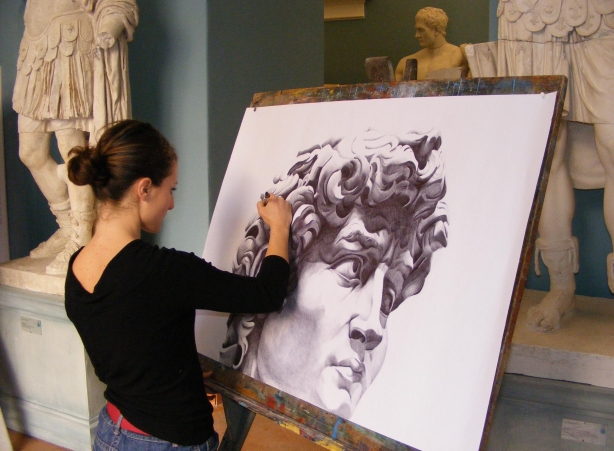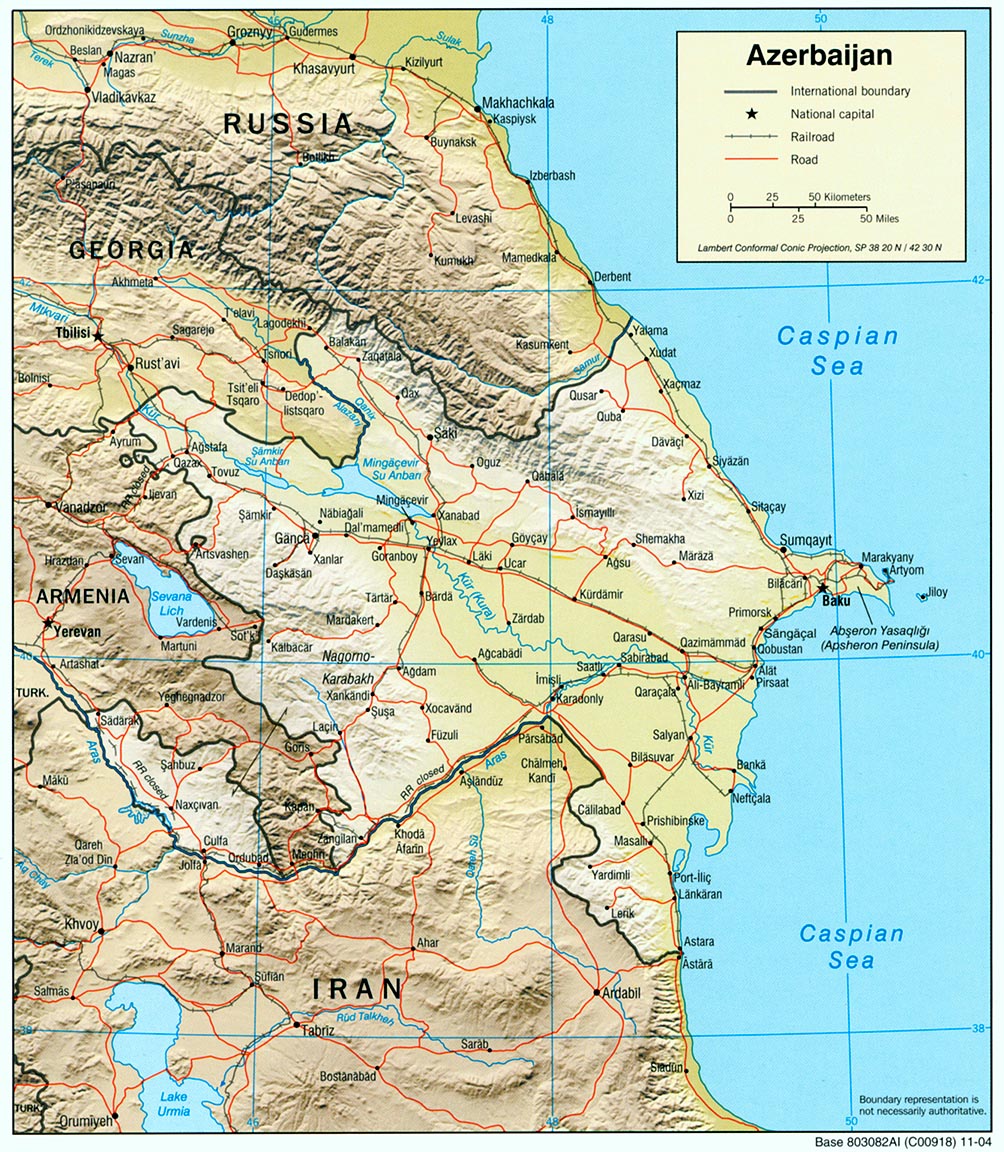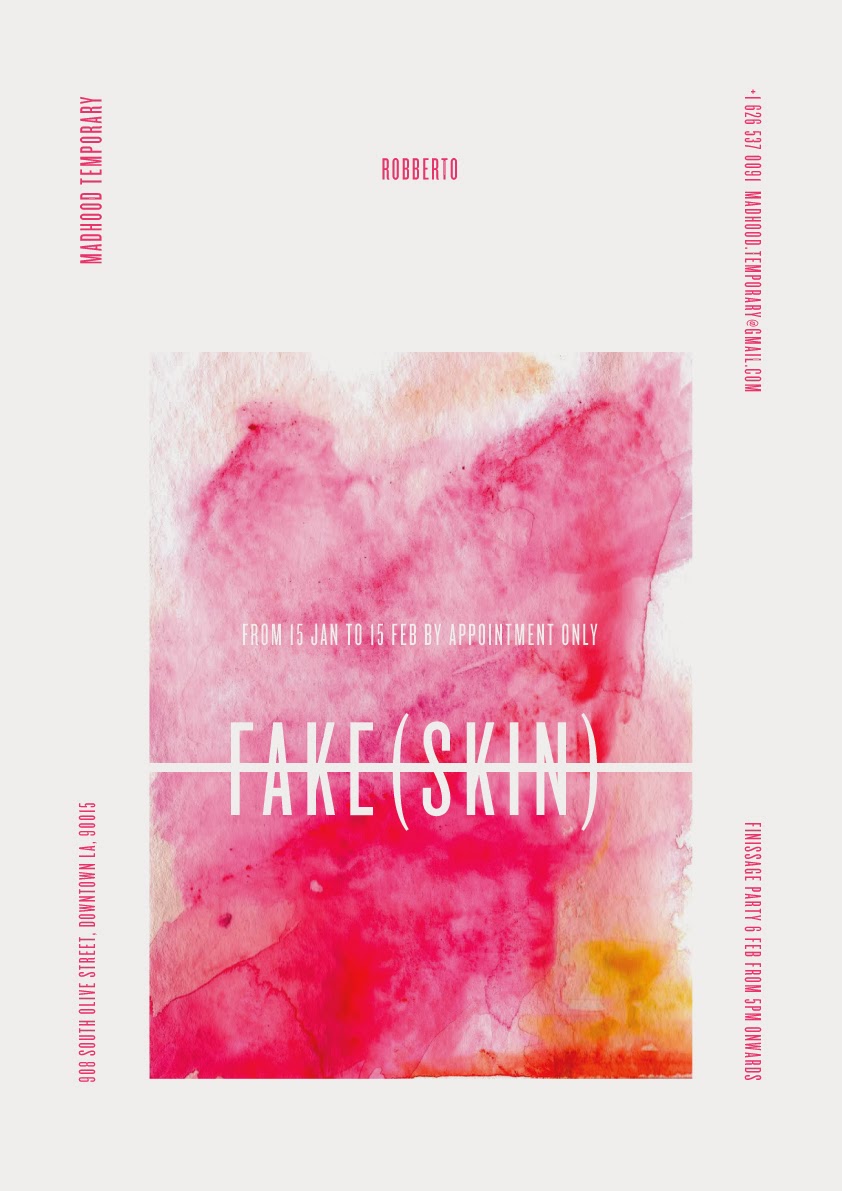
Ho recentemente ritrovato nei meandri di internet un mio articolo del 2008, riguardante gli esami di ammissione in tre delle più prestigiose Accademie di Belle Arti italiane, Roma, Napoli e Firenze. Al tempo mi recai nelle tre città per ovviare alla latitanza di informazioni sul web riguardo agli esami di ammissione, quello che trovai invece fu una sorta di specchio dell’Italia. Agli esordi del 2014 non penso che la situazione sia molto cambiata.
Viaggio tra le Accademie di Belle Arti d’Italia
Le informazioni sulle Accademie di Belle Arti Italiane sono scarse, i siti ufficiali poco aggiornati, le segreterie avare di informazioni, i forum a cui si rivolgono i ragazzi telegrafici. Abbiamo dato un’occhiata alle prove d’ammissione nelle Accademie di Belle arti di Firenze, Roma e Napoli: ecco il verdetto.
“Di dove sei?”
A farmi la domanda è una ragazza dall’aspetto un po’ alternativo, lunghi capelli castano chiaro e look hippie: “Io sono di Bologna, ho fatto il test di ammissione anche là, ma dicono che sono tutti raccomandati, e comunque è meglio farlo da più parti, perché se non entri hai sempre un’altra possibilità”.






